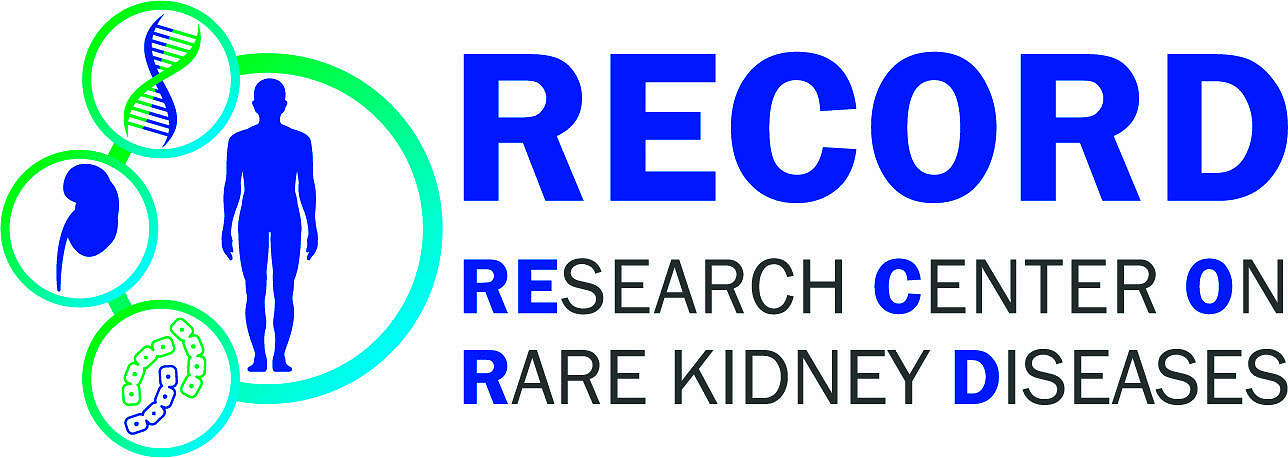 Investigation of polycystin-1L1/polycystin-2 heteromers to clarify their ion channel function and possible role in ADPKD associated heterotaxy
Investigation of polycystin-1L1/polycystin-2 heteromers to clarify their ion channel function and possible role in ADPKD associated heterotaxy
Wissenschaftliches Arbeitsprogramm:
Abnormal arrangement of thoraco-abdominal organs across the left-right axis (heterotaxy) is a rare symptom associated with autosomal-dominant polycystic kidney disease (ADPKD). The majority of ADPKD patients suffer from gene mutations in PKD1 and PKD2 encoding polycystin-1 (PC1) and polycystin-2 (PC2), respectively. While mutations in PC1 or PC2 lead to renal cystogenesis, heterotaxy has been reported only for PC2 mutations. The rarity of heterotaxy in ADPKD and its exclusive association with PC2 mutations may be explained by the fact that in the embryonic node PC2 probably associates with polycystin-1L1 (PC1L1) rather than with PC1 in renal tubules.
Using gain-of-function mutants we recently established that PC2 can function as a homotetrameric or as a PC1/PC2 heterotetrameric ion channel with a 1:3 stoichiometry. Here we aim to verify the existence of PC1L1/PC2 ion channels using the two-electrode voltage clamp technique (Aim 1). Subsequently, we will analyse the ion channel function of rare PC2 mutants associated with heterotaxy (E444G, E102ins) and ADPKD (C632R, R742X) in both PC1/PC2 and PC1L1/PC2 ion channels (Aim 2). In addition, the effects of these mutations on heart laterality will be assessed in zebrafish as an in-vivo proof of principle (Aim 3).
In summary, this study aims to reveal PC1L1/PC2 ion channel function with implications for our pathophysiological understanding of heterotaxy. Furthermore, we hope to clarify whether PKD2- ssociated laterality defects are ADPKD related or a separate disease entity. Finally, our findings may uncover novel pathways involved in ADPKD pathophysiology and offer new perspectives on its rare extrarenal manifestations.
